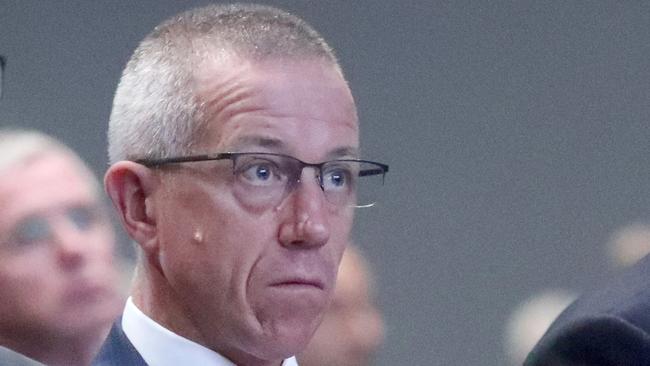
Tensions have run high this week over whether regulations or the banks’ stricter interpretation of them have made it even harder for businesses to secure loans in the current environment. Reduced demand for credit coupled with heightened scrutiny on loan serviceability and more granular checking of expenses has hit many parts of the market. But for small and medium-sized businesses, which already find getting a loan difficult, it’s just another blow at precisely the wrong time.
The economy is slowing and that is exacerbated by uncertainty surrounding the outcome of the May federal election.
Next week’s federal budget will also provide a key barometer on how important the small and medium-sized business sector will be during electioneering.
For its part, the Morrison government announced two measures in November to boost small businesses access to funding. Neither is up and running, although legislation for the $2bn Australian Business Securitisation Fund has been introduced to the lower house.
Progress on the second measure, a private equity style growth fund, that would be formed with backing from banks and make passive investments in small businesses, has ground to a halt. This columnist understands that despite ongoing consultations two of the big four lenders, ANZ and Westpac, are shunning committing to the growth fund.
National Australia Bank, the biggest lender to business, is spearheading efforts to set up the investment vehicle, while HSBC is on board and Commonwealth Bank remains interested.
Having three banks doesn’t provide enough capital to make the growth fund a serious proposition — hence the stalemate.
Several industry players suggest the government may need to help seed the fund, although those discussions are not thought to be on the agenda. Behind the scenes, the structure of the fund and its governing documents have been locked down.
Businesses watching the process would be interested in how the fund will approach due diligence and whether board seats or mentoring may be provided alongside equity capital.
First though, the banking regulator would need to adjust its guidelines around how banks account for equity investments, such as those the fund would make.
The experience in Britain of its growth fund BFG, set up in 2011 as an independent company, has been positive.
It is backed by Barclays, HSBC, Royal Bank of Scotland, Lloyds and Standard Chartered. Its website says it has to date invested £1.6bn ($3bn) across 239 companies, of a total £2.5bn available.
Its investment pipeline started off slowish with £100m invested in its first year.
Either way, the BFG has made a valuable contribution to the small business sector.
Domestically, those pushing for the Australian version are yet to give up on garnering enough support. Treasurer Josh Frydenberg tells Net Interest he remains committed to seeing industry establish a growth fund.
“Since announcing our support for an Australian business growth fund late last year, the government has worked closely with the Australian Prudential Regulation Authority and a number of financial institutions and industry bodies towards its establishment,” he says.
“Many small businesses find it difficult to attract passive equity investment, which enables them to grow without taking on additional debt or giving up control of their business.
“The growth fund would provide small businesses with that longer-term equity funding.”
Arguments against the idea include that banks should focus on providing debt rather than making equity investments and competing with venture capital.
The other contrasting view is that a $2bn securitisation vehicle to help smaller banks fund loans and a $1bn (if it gets there) growth or private equity fund aren’t enough to tackle the huge business lending gap.
NAB’s business banking boss, Anthony Healy, is firmly backing the local growth fund, despite the reluctance of several of his peers.
“We encourage other entities to participate … we need more participants in order for a fund to be established,” he says.
“Although banks in Australia are providing substantial amounts of debt finance, in some cases equity may be a better option for growing small and medium businesses.
“There is currently a lack of affordable growth capital for these businesses — the lifeblood of the economy.”
On broader business lending though, Healy doesn’t believe regulations or more scrutiny around expenses is impeding NAB’s ability to extend business credit. He does think there are implications though for owner-occupied and investor home loans.
Westpac’s head of business banking, David Lindberg, this week inflamed the situation with regulators by saying small business was being caught by declining house prices, unintended consequences of broader regulation and “banker fear” post the royal commission.
The Australian Securities & Investments Commission hit back at the banks, stressing they shouldn’t need to be told to obey the law.
“The responsible lending obligations are well established — they have been in place since 2011,” ASIC executive director Michael Saadat says.




Policymakers and the banks are at a stalemate over parts of a suggested fix for the $83 billion small business funding gap.